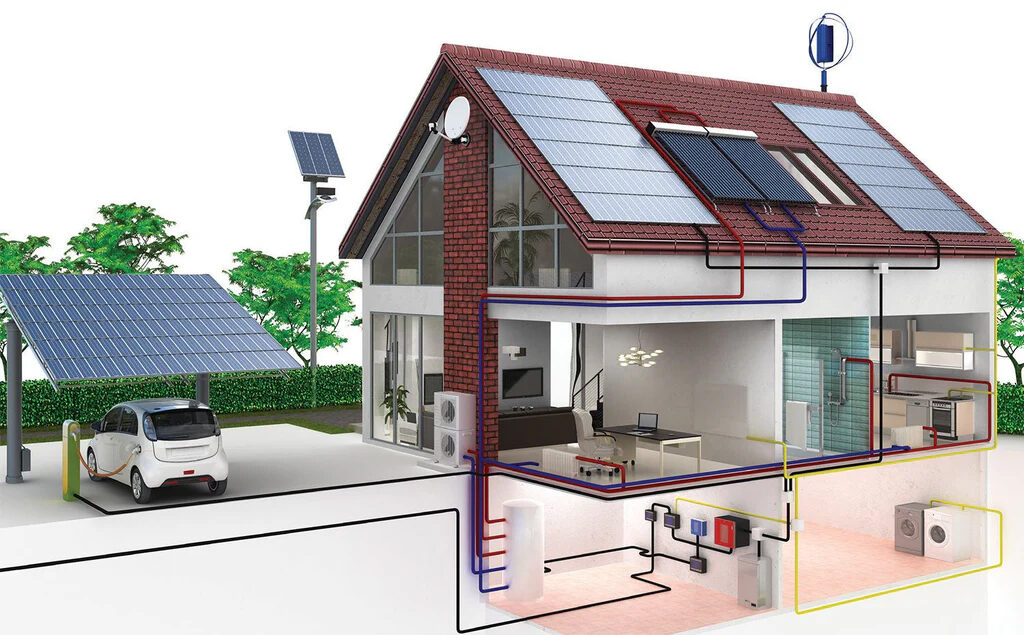
Beyond the Headlines: Housing Affordability
One trend that’s disrupted the home building industry: electrification of everything. Stringent energy requirements put pressure on builders to eliminate natural gas for heating and instead create homes that rely on electric water heaters, stoves, and heating / cooling systems – including the pre-wiring for charging stations in the garage for electric vehicles.
“With the new Trump administration, a lot of this has been cut back,” says David Belman, President of Belman Homes. Removing or easing these regulations will help reduce the cost of new home construction.
Housing affordability, coupled with energy, is one of Belman’s passions. Since new construction is less than five percent of the housing market, forcing new homes to meet strict standards wasn’t moving the needle – because builders have already maxed out energy efficiencies.
“All it did was add to the cost of the new home – and lengthen the time to achieve ROI for the efficiencies – sometimes by up to 90 years or more,” says Belman. “Instead, we should focus on older, inefficient homes built before 1970.”
New vinyl windows can significantly improve energy efficiency for these homes. Vinyl is durable and doesn’t swell or contract, and it can be painted or stained. Ditto for high-efficiency burners or heating and cooling systems, improved insulation, and energy-efficient patio doors.
Housing affordability is the biggest issue Belman faces. When asked if building smaller homes was a solution, he replied the barriers to smaller homes are embedded in the regulatory environment, which stems back to the 1950s, when codes were written.
“Our roads are 66 feet wide because we had to allow for parking, but now we have three car garages,” he says. And too, local municipalities don’t like smaller homes because they can’t build a 1,000 square foot house next to 3,000 square foot homes.
So, the entire code would need to be re-written – which would take years and involve a great deal of discussion and compromise.
Lastly, while a home may be smaller, and thus require fewer materials, it doesn’t necessarily mean the cost to build is less. To get something new built requires an expert in navigating the local and/or state permitting process plus hiring the experts and engineers needed to meet codes, regulations, etc.
“You can spend half a million dollars on professional services to get a new home plan approved,” says Belman, “so if you’re spending that kind of money, it makes sense to build a larger house.”
To learn more about David Belman and Belman Homes, visit the company website at www.belmanhomes.com. You can also find David on LinkedIn [https://www.linkedin.com/in/davidbelman/] or listen to his Home Building Hero podcast [https://www.homebuildinghero.com/]

